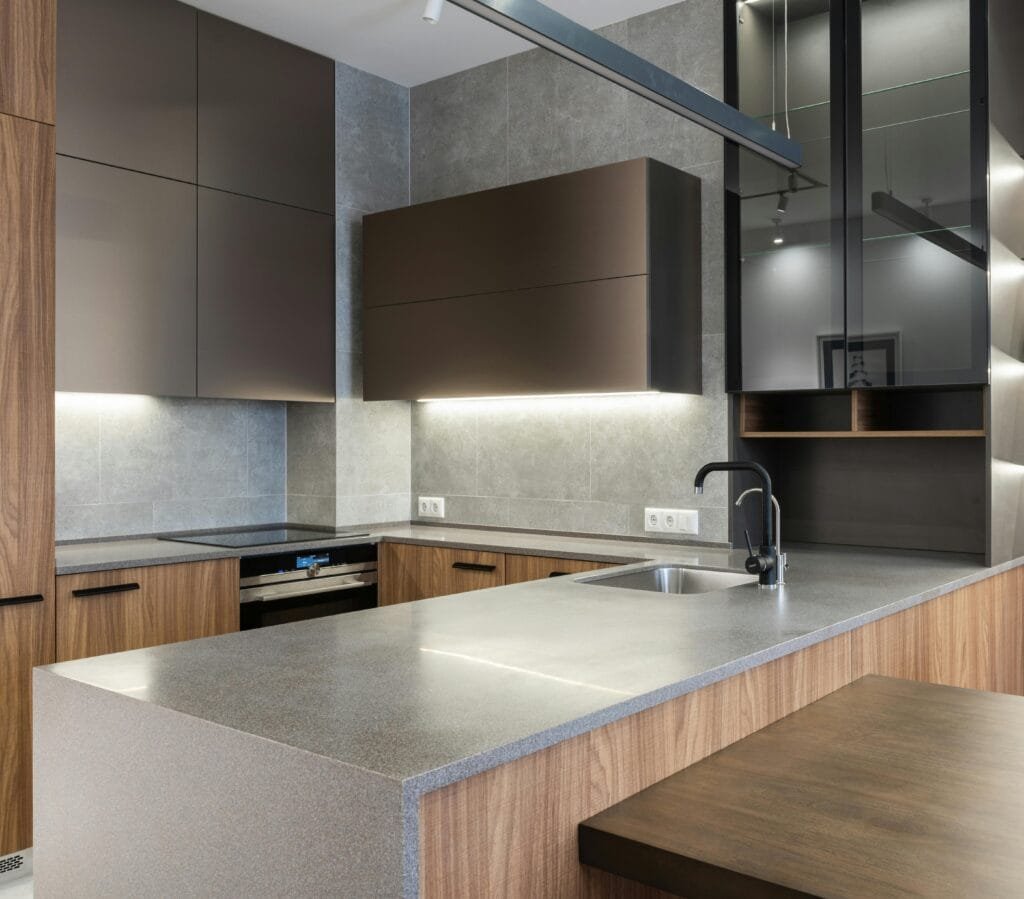Installing and maintaining septic tanks is essential for homes that are not connected to a central sewer system. Whether you’re building a new property or upgrading an older one, understanding the process, costs, and upkeep requirements can save you from costly repairs and health hazards later. This guide covers everything you need to know about septic tanks Darwin, from choosing the right system and obtaining permits to managing ongoing maintenance effectively.

Do You Need a Septic System?
Not all properties require a septic system. Homes located in areas with access to public sewage lines typically don’t need a septic system. However, for rural or semi-rural properties, installing a septic system is often mandatory for wastewater management. Before beginning, property owners should confirm local regulations and building codes to ensure compliance and avoid penalties.
A professional site assessment is usually the first step. This determines soil type, drainage ability, and the most suitable system for the property’s conditions.
Factors Affecting System Choice
Soil type, groundwater level, and local climate conditions significantly influence which system will perform best. Heavy clay soils can restrict drainage, while sandy soils may allow effluent to pass through too quickly. In areas with fluctuating water tables or frequent rainfall, a raised or advanced treatment system might be more reliable than a basic trench-based setup.
A well-designed system ensures wastewater is treated safely without contaminating groundwater or the surrounding land. Proper drainage planning and site layout can also prevent flooding and reduce the risk of odor issues or system backups.
Common Types of Septic Systems
1. Conventional Septic Systems:
The traditional setup includes a septic tank and absorption trenches or beds. Wastewater from the home flows into the tank, where solids settle, and the liquids drain into the soil for further treatment. This system works well for large properties with good drainage and suitable soil conditions. However, it requires sufficient land area and protection from surface water.
2. Aerated Wastewater Treatment Systems (AWTS):
AWTS units add oxygen to the wastewater to improve treatment quality before dispersal. They are effective in challenging soil conditions or where space is limited space. These systems are more expensive upfront but produce cleaner effluent, making them ideal for environmentally sensitive areas. They require regular servicing, usually every three months, to keep mechanical parts functioning efficiently.
3. Holding Tanks:
A sealed holding tank stores all wastewater until a licensed operator pumps it out. This option is typically used for temporary setups or when the site cannot support a traditional system. While initial installation costs may be lower, ongoing pump-out expenses can add up over time.
Installation and Cost Considerations
Proper installation begins with a detailed site and soil assessment conducted by a qualified designer or licensed installer. This report determines tank capacity, disposal area size, and system layout. Once approvals are obtained, excavation, tank placement, plumbing connections, and trench or irrigation installation follow.
Costs vary based on factors such as soil type, property access, and the chosen system type.
- Conventional systems: typically range from $8,000–$15,000.
- AWTS units: can cost $12,000–$22,000, including electrical components and irrigation systems.
- Holding tanks: usually range from $6,000–$10,000, plus ongoing pump-out fees.
Additional expenses can include electrical wiring, landscaping, and permit fees. Obtaining multiple quotes helps ensure you’re getting a fair price and that all aspects of the job are included in the estimate.
Maintenance and Care
Maintaining your septic system is crucial for longevity and performance. Neglect can lead to system failure, unpleasant odors, and contamination issues.
Routine Maintenance Tips:
- Pump and inspect regularly: Conventional tanks should be desludged every 3–5 years, depending on household size. AWTS units require quarterly servicing.
- Divert stormwater: Keep rainwater away from tanks and disposal areas to prevent oversaturation.
- Protect the area: Avoid driving vehicles or building structures over the drain field.
- Mind what goes down the drain: Never flush wipes, grease, or harsh chemicals—they can damage the system and cause blockages.
- Space out water use: Spread laundry loads and dishwashing throughout the week to prevent sudden surges in tank load.
If you notice slow drains, gurgling noises, or soggy patches above the disposal area, it may indicate a full tank or poor drainage. Contact a licensed technician for an inspection and servicing before the issue worsens.
Choosing the Right Professional
Hiring a qualified installer or maintenance provider ensures the system meets all required standards. Ask potential contractors about their licensing, experience with various system types, and knowledge of wastewater regulations. Request references and recent project examples to assess their reliability.
Key questions to ask include:
- What type of system best suits my property?
- What testing and design services are included?
- How often will servicing be required?
- What are the total installation and long-term maintenance costs?
Final Thoughts
Investing in a properly designed, installed, and maintained septic system ensures a safe and efficient way to manage household wastewater. From selecting the right system to adhering to regular maintenance schedules, every step plays a vital role in protecting both your property and the environment. Reliable septic tanks Darwin are built with care, compliance, and attention to detail, ensuring they perform smoothly for many years to come.
